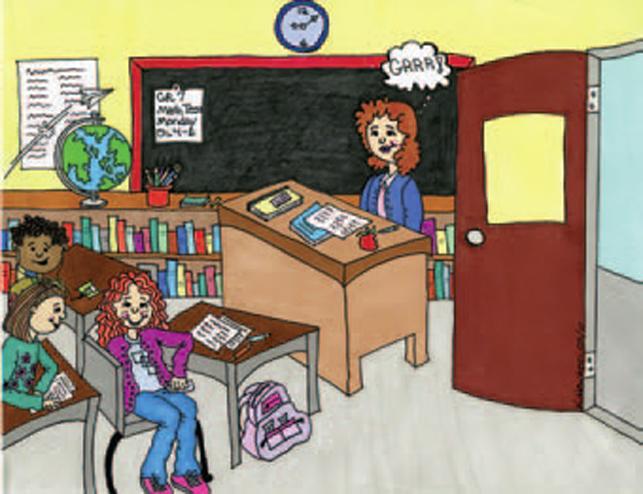
Positive Interactions and Risk-Free Teacher Responses (Occasional Teachers' Column)
Reinforcing positive behaviour is a far more effective strategy for creating a positive learning environment than challenging a student's behaviour through negative reinforcement. Positive and authentic praise, smiling, nodding, and other appropriate gestures have a direct effect on your relationship with your students.
Don't Let your emotions rule
In challenging situations, recognize those that trigger certain responses in you and avoid being trapped by your emotions. This is far easier said than done. Mentally rehearse your responses. Remember you are learning a new strategy; it may take time and practice to master this new behaviour.
When you are confronted with challenging situations you don't know how to deal with, do not overreact. Walk away, count to 10, and take a deep breath. You are the professional. The time spent regaining your composure may seem like an eternity, but is quickly forgotten by the waiting students. When you do respond be clear that it is the behaviour, not the student, that upsets you. You might say: "You may think that's funny. I think it's disrepectful behaviour. The consequence for further comments like that will be working on your own."
Report extreme student behaviour to the office or another teacher. The Occupational Health and Safety Act protects you from violence and harassment.
Consequences are more effective than punishment
When dealing with students remain firm, fair, and consistent. Recognize the difference between consequences and punishments and act accordingly. Consequences must be relevant, immediate, and fair.
Engage students
Encouraging student involvement that is designed to meet one or more of your students' basic needs will always help your classroom management. Used appropriately, response opportunities and active participation by students contribute to student achievement and class harmony. The more you can involve students in the daily program the more engaged they will be.
You could
- encourage students to contribute to the class
- allow students to be helpers
- give students choices in creating the classroom environment
- give students the opportunity to comment positively about each other
- ask a student to repeat what has been said
- direct a student to the correct response.
Sometimes students will respond incorrectly, foolishly, or unintelligibly on purpose to gain attention. Do not be trapped by this negative behaviour. Try to overlook the response and immediately redirect the class to the lesson or the activity. Responding to the inappropriate message will only reinforce the behaviour and cause further problems.